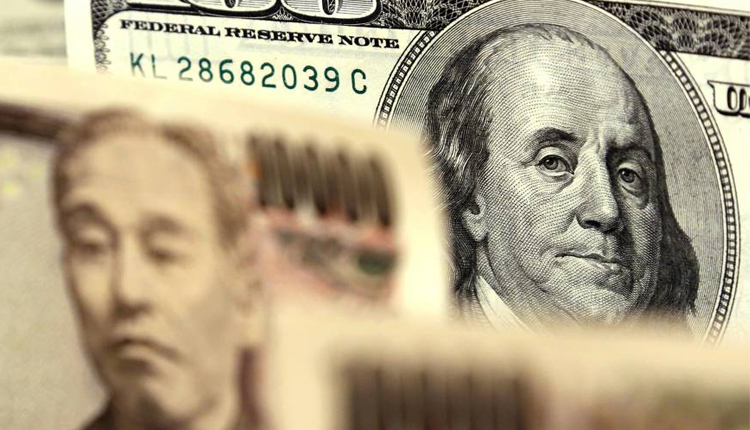The US dollar gained ground Wednesday on expectations of delayed Fed rate cuts, while the Japanese yen tumbled to a four-week low near intervention levels at 157.255 per dollar, as reported by Reuters.
In April, the yen hit a 34-year low of 160.245 per dollar, prompting Japan to intervene in the currency market twice, spending over 9 trillion yen ($57.21 billion).
The dollar index, which measures the greenback against a basket of currencies, remained near a two-week low at 104.7, after dipping to 104.33 on Tuesday. The index is currently down 1.5 per cent for May.
The euro dipped slightly by 0.09 per cent to $1.0848, but remains on track for a 1.7 per cent monthly gain, its first positive month in 2024.
The sterling also held onto gains, currently at $1.27525, and is poised for a two per cent increase in May.
The Australian dollar held its ground at $0.66485, despite an unexpected rise in Australian consumer price inflation to a five-month high in April. This raises concerns about the possibility of future interest rate hikes in Australia.
US consumer confidence unexpectedly rose in May after three months of decline, but concerns about inflation remain high. Many households are bracing for higher interest rates in the near future.
This has caused a shift in market expectations regarding the Federal Reserve’s next steps. Initially, traders anticipated significant rate cuts for 2024, but that expectation has now decreased to a more modest level.
The likelihood of a rate cut in September is currently at 44 per cent, according to the CME FedWatch tool. Despite a robust labour market, ongoing inflation and some economic weaknesses are impacting Fed rate predictions.
This week, market attention will be on inflation reports, with German data on Wednesday and eurozone data on Friday.



